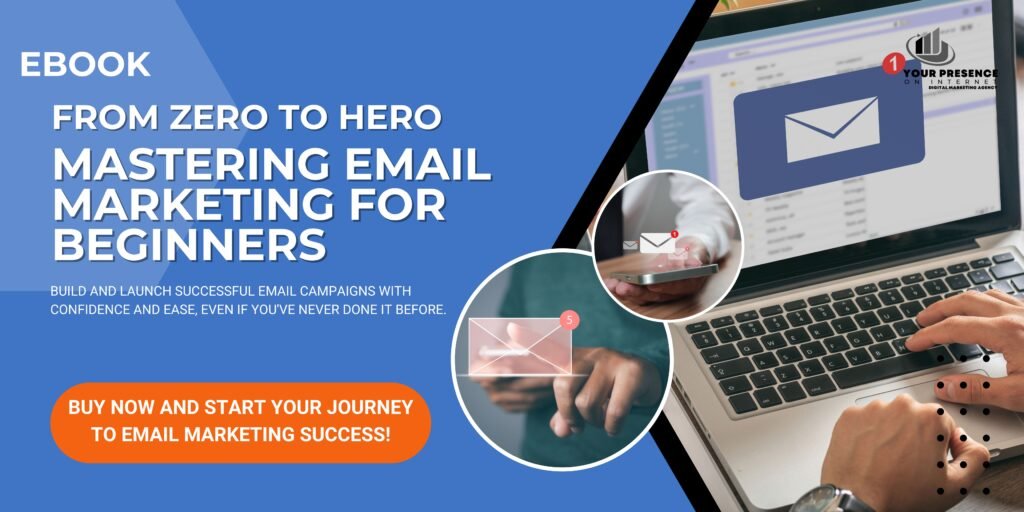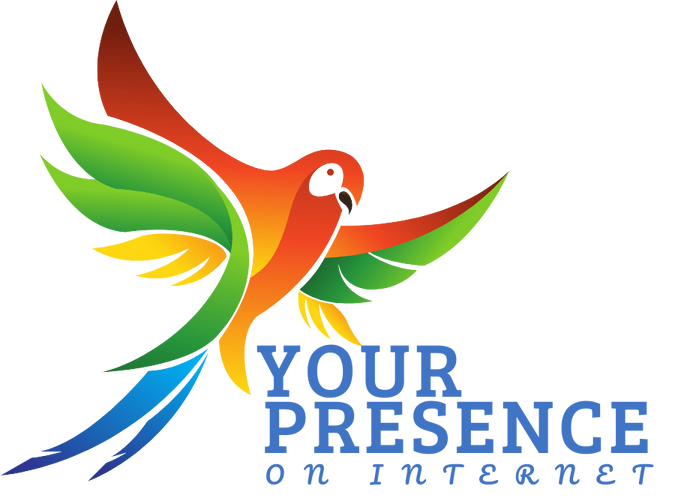Strategies for small and medium-sized businesses
Building an email list is more than just a marketing strategy—it’s about creating a direct line of communication with your audience. For small and medium-sized businesses (SMEs), this can mean the difference between a one-time customer and a loyal brand advocate. Whether you’re just starting or looking to expand your reach, growing your email list is critical to building lasting customer relationships. In this blog, we’ll explore practical, human-centred strategies for building your email list and some essential tips on staying compliant with regulations.
Connect through community and networking.
One of the most effective ways to grow your email list is by getting involved in your community and industry. People are more likely to join your email list when they feel a personal connection to your brand.
- Attend networking events: Whether it’s a local business meetup, industry conference, or community event, face-to-face interactions offer a unique opportunity to connect with potential subscribers. When you meet someone interested in what you do, invite them to join your email list to stay updated. A simple “Would you like to stay in the loop about our latest updates and offers?” can be all it takes.
- Host your events: Consider hosting workshops, webinars, or open houses. These events allow you to showcase your expertise while gathering email sign-ups. Offer something valuable in return—like a guide, a discount, or a follow-up resource. This adds to your list and strengthens the relationship with your audience.
- Collaborate with other businesses: Partner with complementary businesses for joint promotions or events. For example, if you run a bakery, teaming up with a local coffee shop for a “Brew & Bake” event could attract new customers who might be interested in both businesses. Encourage sign-ups by offering exclusive deals to event attendees on your email list.
Enhance your online presence.
Your online presence is your digital storefront, often where potential customers will first interact with your brand. Making it easy for them to subscribe to your emails is essential.
- Create an inviting sign-up form: Your sign-up form should be simple and easy to find on your website. Make it stand out with a compelling call to action, such as “Join our community for exclusive updates and offers.” Explain the value they’ll receive by subscribing—whether it’s insider news, special discounts, or helpful content.
- Offer value with content marketing: Regularly publishing valuable content like blog posts, videos, or newsletters encourages visitors to subscribe. For example, a small business that sells eco-friendly products could offer tips on sustainable living in its blog, inviting you to subscribe for more tips and special offers. This positions your brand as a trusted resource, making people more likely to sign up.
- Use social media to your advantage: Social media is a powerful tool for reaching new audiences and driving email sign-ups. Share snippets of your newsletter, behind-the-scenes content, or subscriber-only offers on platforms like Instagram, Facebook, and LinkedIn. Use a simple call to action like, “Want more tips like this? Subscribe to our newsletter!”

Offer incentives to attract subscribers.
People love getting something in return for their actions, and offering an incentive is a great way to encourage sign-ups.
- Exclusive discounts and offers: Offer a particular discount or deal exclusively for email subscribers. This could be a percentage off their first purchase, early access to sales, or a free sample. Make sure to promote this incentive across your website and social media to draw in more subscribers.
- Free resources: Share your expertise by offering free resources in exchange for an email address. This could be an e-book, a checklist, a template, or even a free consultation. For instance, a marketing agency might offer new subscribers a free social media calendar template, providing immediate value and a taste of what they can offer.
- Contests and giveaways: Hosting a contest or giveaway is an effective way to grow your email list quickly. Ensure the prize is relevant to your audience—something they’d genuinely be excited to win. For example, a skincare brand might offer a free product bundle to new subscribers. Promote the contest on your website, social media, and through partnerships to maximize reach.
Stay compliant with email regulations.
As you build your email list, you must follow regulations that protect consumer privacy and prevent spam. In Canada, this means complying with the Canadian Anti-Spam Legislation (CASL), but similar rules apply in other countries too.
- Get explicit consent: Always ask before adding someone to your email list. This means they must actively agree to receive your emails, usually by checking a box or filling out a form. Be clear about what they’re signing up for—whether it’s newsletters, promotional offers, or updates.
- Provide an easy unsubscribe option: Every email you send should include a clear and straightforward way for recipients to unsubscribe. This isn’t just about compliance but respecting your audience’s preferences. A positive user experience, even when they’re opting out, reflects well on your brand.
- Keep accurate records: Maintain records of how and when you obtained consent in case you need to prove compliance. This might include the date, the method of consent, and the wording used. Keeping these records organized and accessible is critical to managing your list responsibly.
- Be transparent and honest: Communicate what subscribers can expect from you. Transparency builds trust; when people trust your brand, they’re more likely to engage with your emails and stay subscribed.
Conclusion
Building an email list isn’t just about numbers—it’s about creating a community of engaged, interested individuals who want to hear from you. By focusing on personal connections, offering genuine value, and staying compliant with regulations, you can grow a healthy email list that supports your business’s long-term success. Whether networking at events, enhancing your online presence, or offering enticing incentives, remember that the key to effective email marketing is building trust and delivering value.

